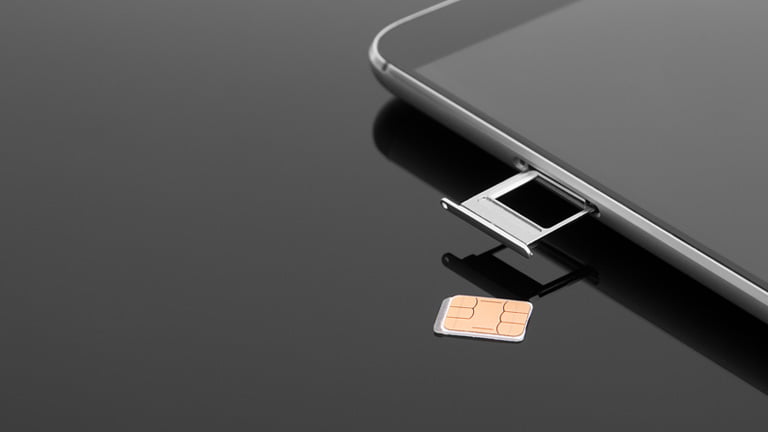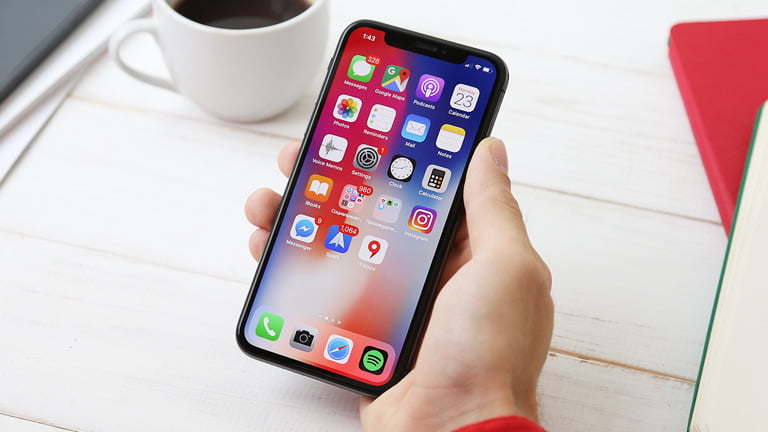
With the rise in popularity of Virtual SIM as known as eSIM technology, it’s only natural that people are beginning to question whether it’s superior to the traditional SIM technology that relies on a physical SIM card. Despite their similar function of providing mobile connectivity, eSIMs offer several advantages over their physical counterparts.
If you’re planning on traveling internationally, you may be wondering which type of SIM technology is best suited for your needs. To help you make an informed decision, we’ve put together an article that delves into the benefits and limitations of both SIM and eSIM technology. By weighing the pros and cons of each option, you’ll be in a better position to select the one that aligns with your preferences and travel requirements.
What are the similarities between eSIM vs SIM?
Some of the similarities between eSIM and SIM include the following;
- Provide mobile connectivity
Both eSIMs and physical SIM cards allow mobile device users to connect to a cellular network to access voice, text, and data services. - Activation needed
Both eSIM and physical SIM cards require activation and provision with a mobile network operator before using them. - Compatible with several devices
Both types can work with a variety of mobile devices, including smartphones, tablets, smartwatches, and many more. - Use for switching network provider
Both eSIMs and physical SIM cards can be removed or changed if you want to switch between different network providers or devices. - Contain security features
Both eSIM and physical SIM cards are subject to similar security standards and encryption protocols to protect the user’s personal data and prevent unauthorized access to the network.
What’s the difference between eSIM and a physical SIM card?
Besides the many similarities, eSIM and SIM have several differences that could be a deal breaker when choosing which one to use. Some of these differences include the following;
- Form factor
Physical SIM cards are small, rectangular plastic cards that you can insert in a device SIM card slot. On the other hand, eSIMs are embedded directly into the device’s hardware, which eliminates the need for a physical card. - Storage capacity
Most Physical SIM cards have about 8KB to 256KB to store user data, such as contacts and text messages. eSIMs have a larger storage capacity, allowing them to store more user data. - Activation process
With the physical SIM card, you need to manually insert the card into your device to begin the activation. On the other hand, the activation process of eSIM is entirely software-based, and it is done remotely by the mobile network operator. - Cost
Physical SIM cards are usually provided by your mobile carrier for free or for a small fee. Since eSIMs are already embedded into the device, you don’t need to pay any fees for physical card plates or delivery fees.

eSIM vs SIM key points comparison
Pros of eSIMs
- Greater flexibility
With eSIM, you can activate and switch mobile carriers with ease since it doesn’t require you to physically swap out SIM cards. - More secure
Since eSIMs are embedded directly into the device’s hardware, they are less vulnerable to theft and loss. - Larger storage capacity
You can store way more user data, such as contact information and text messages, on eSIMs, thanks to their larger storage capacity. - Quick and convenient activation
As mentioned earlier eSIMs can be activated remotely by the carrier. So, you don’t have to visit an offline service center to buy or activate your eSIM. By just scanning the QR code, you can install and activate your eSIM plan.
Cons of eSIMs
- Limited support
Despite their increasing popularity, eSIMs are not yet as widely available as physical SIM cards. Several mobile carriers don’t support eSIM. The good news is that most of the popular mobile carriers in the US and Europe support eSIM. - May not support all devices
Most of the devices released about five years ago don’t support eSIM, so you will need to upgrade to a newer device if you want to enjoy the benefits of eSIM. - Not familiar installation steps
For those who are not tech-savvy, they might prefer to stick on to the traditional way of using data abroad. However, once people get used to it, eSIM can be much easier to install and use.
Pros of physical SIM cards
- Proven and established technology
Physical SIM cards have been around longer, so they are a proven and established technology. - Widely available
Physical SIM cards are widely available and supported by most mobile carriers and older mobile devices.
Cons of physical SIM cards
- More vulnerable to theft
Physical SIM cards can be lost or stolen, which might compromise your security. You will also need to replace your SIM card if you lose your device, which can, at times, be a lengthy process. - Limited storage capacity
Physical SIM cards have limited storage capacity (usually below 256KB) for user data, such as contact information and text messages. - Require manual insertion and activation
This can be inconvenient and time-consuming, especially if you need to switch the device or need to use a different network provider regularly. - Environmental impact
Physical SIM cards contribute to e-waste since they require disposal every time you upgrade to a new one.
eSIM vs SIM Feature Comparison Chart
| Feature | eSIM | SIM |
| Convenience | Can switch carriers without changing physical SIM and just tapping buttons in device settings | Needs to swap physical SIMs to switch carriers |
| Security | Less vulnerable to theft | Can easily be stolen or damaged |
| Availability | Available on only newer device | Available on almost every device and mobile carrier |
| Activation | Software-based activation and can be activated remotely by the network provider | Needs to be physically inserted and activated |
| Replacement | Can be remotely provisioned and activated | Needs to be physically replaced |
| Profile storage | Can store multiple profiles | Stores one profile at a time |

Is eSIM better than a physical SIM card?
When you compare the pros and cons of eSIM vs SIM, it is very clear that eSIM is a better technology. Some of the benefits that make eSIM a better alternative include the following;
Easy switching carriers
With eSIM, you can set up over 8 profiles, making it easy to switch between them. So, if you are not satisfied with the services or internet speeds of one carrier, you can always switch without having to remove the SIM card or redo the length activation process.
Security
If you prioritize security in their mobile connectivity, opting for eSIM technology is a no-brainer. Compared to traditional SIM cards, eSIM offers more secure encryption, making them less vulnerable to hacking or cloning. eSIM technology uses a sophisticated encryption protocol that ensures that user data is safeguarded from unauthorized access, protecting you against fraudulent activities such as identity theft or data breaches.
Eco-friendly
Another notable advantage of eSIM technology is its eco-friendliness. By not needing physical SIM cards, eSIMs help reduce waste, making them a more sustainable option for mobile connectivity. Physical SIM cards require materials such as plastic and metal, which are typically discarded when users upgrade their mobile devices or switch carriers.
With eSIMs, users can avoid these materials’ production and disposal, contributing to efforts towards reducing carbon footprints and environmental conservation.
Better user experience
Making the switch to eSIM technology offers users a better mobile device experience by simplifying the activation process and not requiring physical SIM cards and paperwork. With eSIMs, users can activate their devices and connect to a carrier’s network with just a few taps on their screens, streamlining the setup process and reducing the hassle of dealing with physical SIM cards.
eSIM is the future
Most of the recently-released devices, including smartphones, tablets, and smartwatches, support eSIM. Major OEMs such as Apple have completely eliminated the physical SIM card option on some of their devices in certain regions. For instance, the iPhone 14 models in the USA don’t support physical SIM cards anymore.
Should I switch to eSIM instead of SIM cards?
If you’re considering whether or not to make the switch from traditional SIM cards to eSIMs, the answer is a resounding “yes.” There are several compelling reasons to opt for eSIM technology, including enhanced flexibility, improved security measures, streamlined activation processes, and increased storage capacity.
Moreover, eSIMs provide a superior user experience overall, making them a highly attractive alternative to conventional SIM card technology. If you’re in the market for a new device, we highly recommend going for one that supports eSIM technology. This is especially true if you’re someone who travels frequently and needs the ability to easily set up and switch between multiple profiles and carriers.
With an eSIM, you’ll be able to take advantage of all the benefits this technology has to offer, ensuring a seamless and hassle-free mobile experience.
Final thoughts
With more mobile device manufacturers and carriers adopting eSIM technology, it is becoming evident that this technology represents the future of mobile connectivity. eSIMs offer numerous advantages over traditional SIM cards. They are more convenient, flexible, secure, and eco-friendly, making them an excellent choice for frequent travelers who may need to switch carriers or devices frequently.
If you are planning to travel to the US, consider checking out whether your device supports eSIM or not and then have a look at eSIM USA data plans. With eSIM USA, you can select from a variety of unlimited or limited data plans that suit your budget. Furthermore, switching from a network provider is effortless if it doesn’t meet your data speed and network reliability requirements while you are traveling in the USA.



